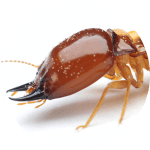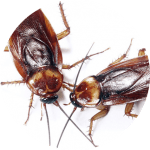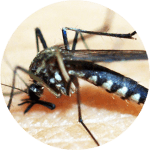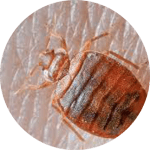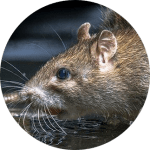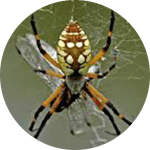Termite Treatment
Save wooden Furniture
Termite Control
Termites are a group of insects that typically feed on dead plant materials, with the capability to digest cellulose. Subterranean termites, the most damaging wooden pest in the world, shape their colonies in the soil and usually work their way above ground to reach wood or any other cellulose source. Termites will forage into homes from below the ground level right up to the uppermost point of the roof thrust. Over time, termite damage can become noteworthy on door frames, kitchen cabinets, staircases and wooden flooring.
Let’s look in detail at termites!
Three distinct castes of subterranean termites differ bodily they are:
- Reproductives
- Workers
- Soldiers
The reproductives comprise the king, queen, and alates, of which the termite queen is essential to a colony’s development and is the major member, whereas the king is small comparatively. Alates, swarmer’s, have long, dark brown to virtually black bodies and translucent, somewhat milky-coloured wings. Their bodies have wings, they may have a few scarcely visible hairs. Dissimilar to swarmers, workers and soldiers do not have wings. Workers are about cream-coloured. They have small jaws to chew away at wood and move materials. Soldiers have large mouthpieces, quadrilateral heads, and flat and wide bodies.
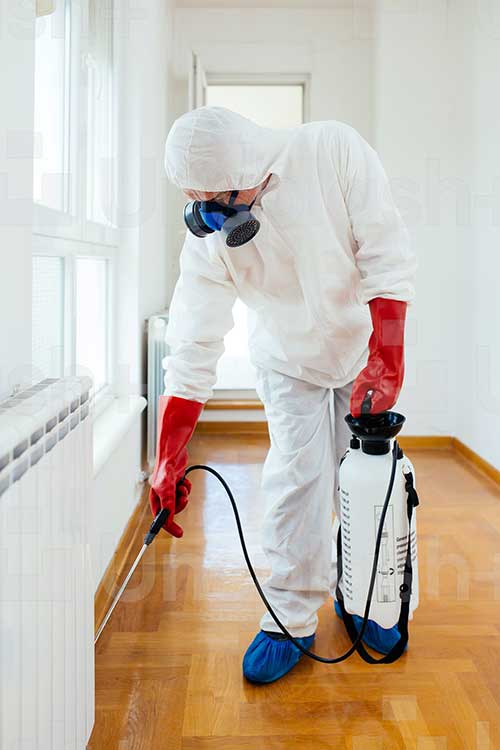
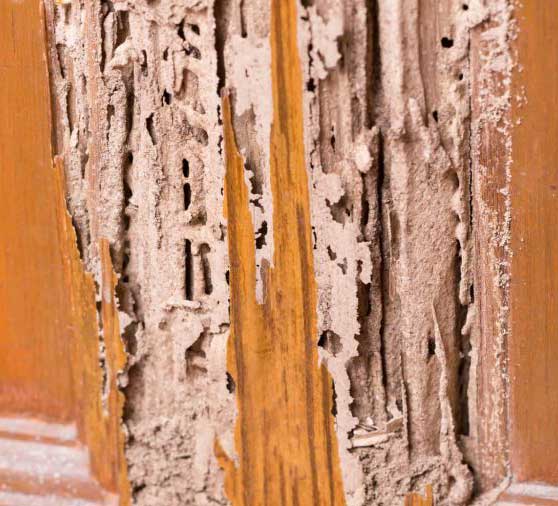
Signs of Termites
Termite infestations can be present inside or outside a property.
- Nevertheless, the presence of mud tubes is the most typical sign of termite infestation. Mud tubes are long tunnels of wood and soil to defend termites from drying out as they travel from the soil into a structure.
- Other signs of subterranean termite influx are softwood that sounds hollow when tapped, darkening, or blistering of wood erections, uneven or bubbling paint, and small heaps of termite feces near a mud tube.
- Cast-off wings near doors or windowsills specify that termite swarmers have arrived and may have infested the properties.
Professional termite control by ByeBugs
We defend your home from termites through our anti-termite treatment when your structure is under construction. ByeBugs termite control services start with pre-construction treatment. Termite control is most active when it is carried out before building a structure. After your building is complete and you have laid the flooring, we have restrictions in creating an operative termite barrier at your property when offering our services. Pre-construction anti-termite treatment service instigates half a meter below the ground, is reasonable, and acts as an inordinate selling point for the property’s buyers. When it happens before construction, the cost of anti-termite treatment pays for itself by shielding the building structure after its construction when people use it.
In termite control, after the structure is constructed is essential to halt and avert termite movement from the soil. We drill holes inside your premises at wall-floor intersections or just above the skirting at an angle of 45 degrees. Also, the professionals drill the holes along the side of the complete outer wall at roughly 12-inch intervals. Then, pouring is done of pesticide emulsion into these holes to soak the brickwork as part of an anti-termite treatment service for effective termite control.
If the premises are on the ground floor, we treat the partition walls in our post-construction anti-termite treatment. The experts don’t drill on the partition walls above the ground floor as the termites cannot infiltrate the mechanical barrier of the RCC slabs. Termite control services typically take two to three hours based on the size of the property.

